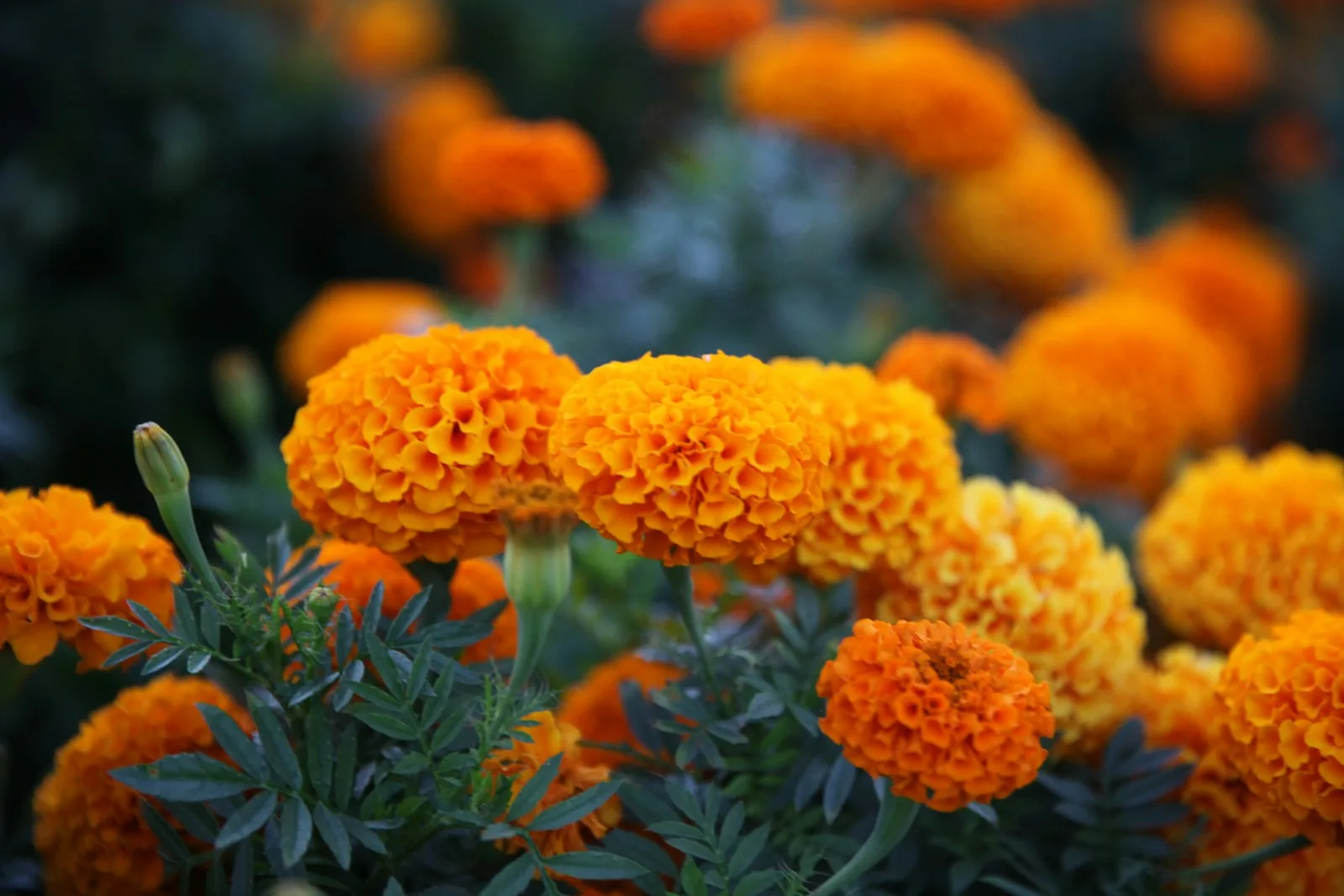
Table of Contents
For many reasons, marigolds, also known as tagets, are common garden staples. In addition to adding color and vibrancy to any landscape, these hardy plants are renowned for their ability to adapt to a wide range of environmental conditions. Marigolds not only look great, but they also provide an organic means of keeping pests such as nematodes and mosquitoes at bay. In addition, they attract beneficial insects such as ladybugs, parasitic wasps and hoverflies. For these hardy flowers, gardeners make repeated efforts to create the right soil, sunlight and humidity. But with all the meticulous care that marigolds require, one important procedure that is sometimes missed is deadheading.
Deadheading is the process of removing faded or wasted flowers. This is an important activity in improving the general well-being and vigor of marigold plants. Therefore, failure to perform this basic but essential duty can prevent your marigolds from reaching their full potential, even if you are meeting their needs in your yard.
Read more: 25 Flower Bed Ideas That Will Bring Your Outdoor Space To Life
The Importance Of Deadheading

Plant physiology and reproductive biology concepts provide the basis of the science underlying deadheading marigolds. For a blooming plant, producing seeds for reproduction is its main function. A marigold flower’s energy is directed towards seed development as it starts to fade. But gardeners sabotage this natural process by pulling spent blooms. In order to encourage longer flowering and a more plentiful display of flowers, the plant subsequently refocuses its energy on the development of new buds rather than seed production.
Auxin regulation is one of the additional roles of deadheading. Plant hormones called auxins are essential for many aspects of growth and development, including apical dominance. The tendency of a plant to concentrate its growth at the tip or apex of the main stem is called apical dominance. When a marigold flower becomes deadheaded, the auxin balance is altered. By releasing lateral buds from the inhibitory effect of apical dominance, this inhibition promotes the development of lateral shoots and more flower buds.
Plus, deadheading can help keep your yard tidy. Withered or wilted flowers can detract from the overall aesthetic appeal of your yard or landscaping. A cleaner and more refined appearance can be achieved by regular pruning of spent marigold flowers. Attention to detail will enhance the visual appeal of your garden. Additionally, removing spent flowers helps ward off diseases. Deadheading eliminates potential disease breeding grounds because rotting or dead plant debris can provide an environment conducive to infection.
Proper Deadheading And Care For Marigolds

Deadheading marigolds is a simple but important task that has a major impact on plant growth. To properly deadhead, once the blooms begin to fade, pinch or prune off the spent flowers immediately above the first set of leaves. For larger marigold varieties, you may also want to use sterile pruning shears or clean shears for deadheading. Throughout the growing season, deadheading regularly encourages continuous blooms, extending the period of marigold blooms you can enjoy. To avoid any disease, do not forget to dispose of the cut flowers.
Keeping a successful marigold garden requires consideration of several changes other than deadheading. Make sure the soil drains well so that it has enough moisture without being soggy. Marigolds need direct sunlight to bloom, so choose a spot that gets at least six hours of sunlight per day. After planting, marigolds generally do not need to be fertilized unless the soil is very poor. Keep a close eye out for pests such as powdery mildew, slugs, snails, caterpillars and aphids. Use natural remedies and garden cleaning to get rid of them. By incorporating these measures, you can guarantee a steady display of marigold flowers and a lush, healthy garden.
READ | Snake Plant to Aloe Vera-7 plants for prosperity and growth


2 thoughts on “Marigold Missteps: 1 Common Mistake You Can Make With Your Plants”